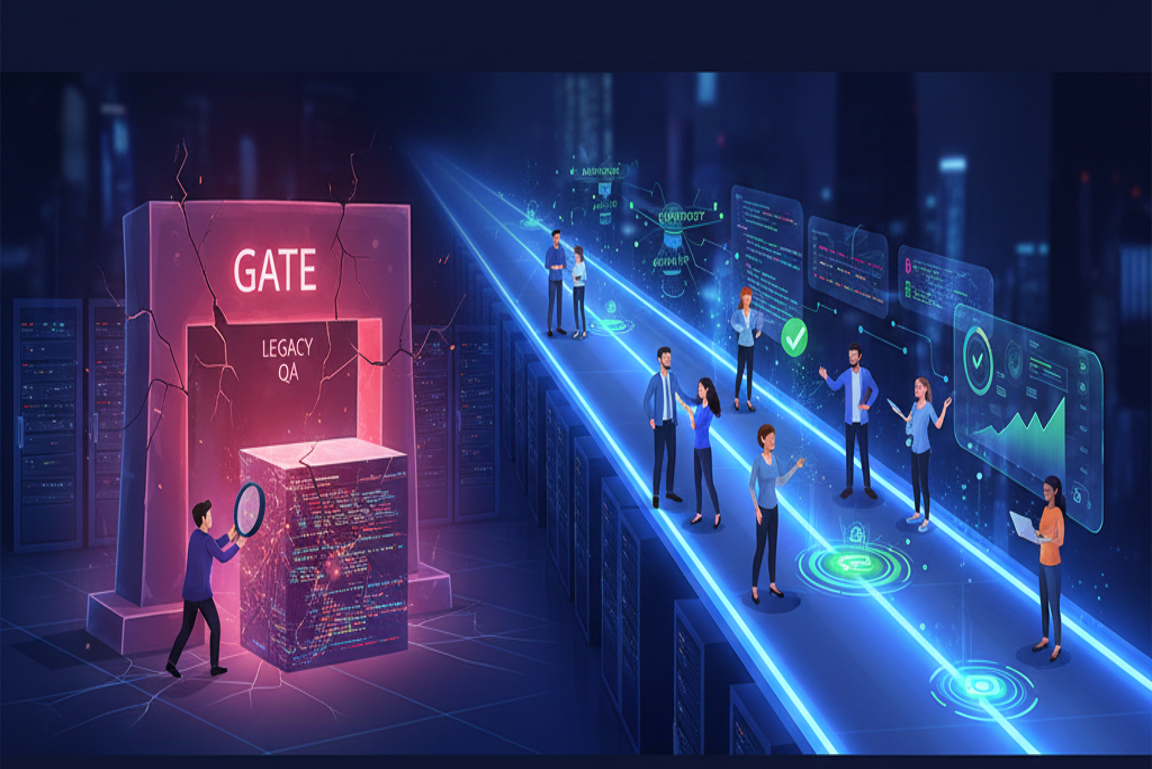
The Gatekeeper’s Fallacy: Why the “End-of-Line” QA Model is Obsolete
The Gatekeeper’s Fallacy: Why the “End-of-Line” QA Model is Obsolete Megha Srivastava 24 October 2025 For decades, the software development world operated on a simple, linear model. Developers would build, and when they were “done,” they would “throw the code over the wall” to the Quality Assurance (QA) team. This team acted as a final […]

.webp)




